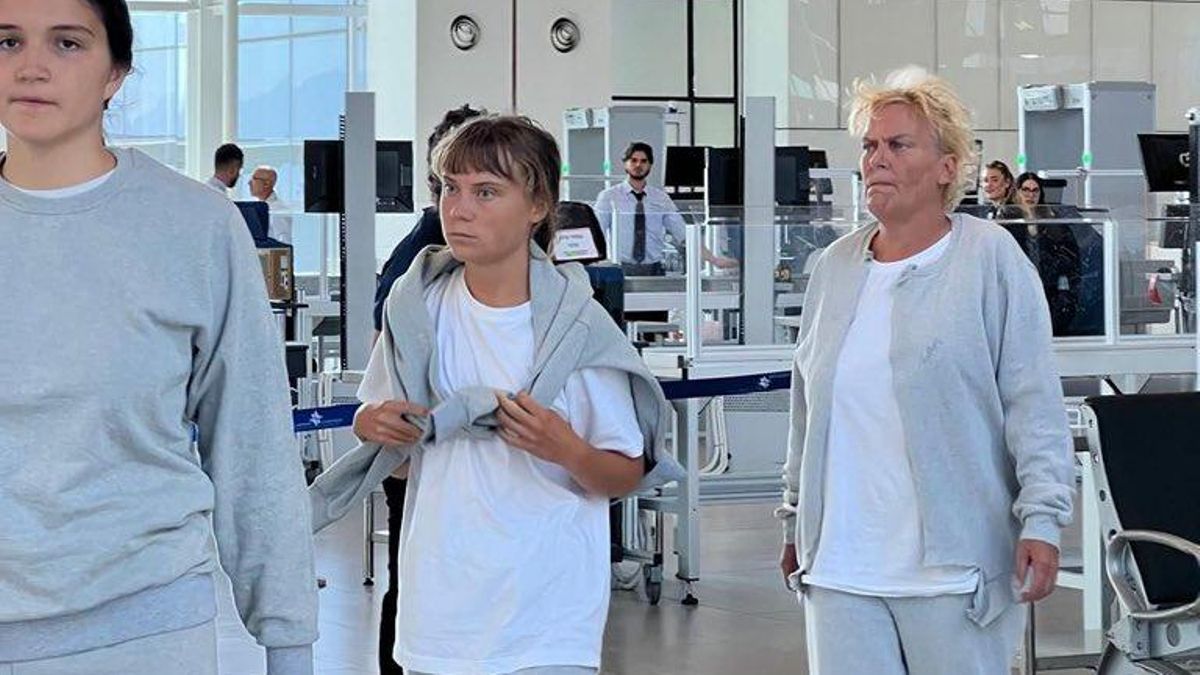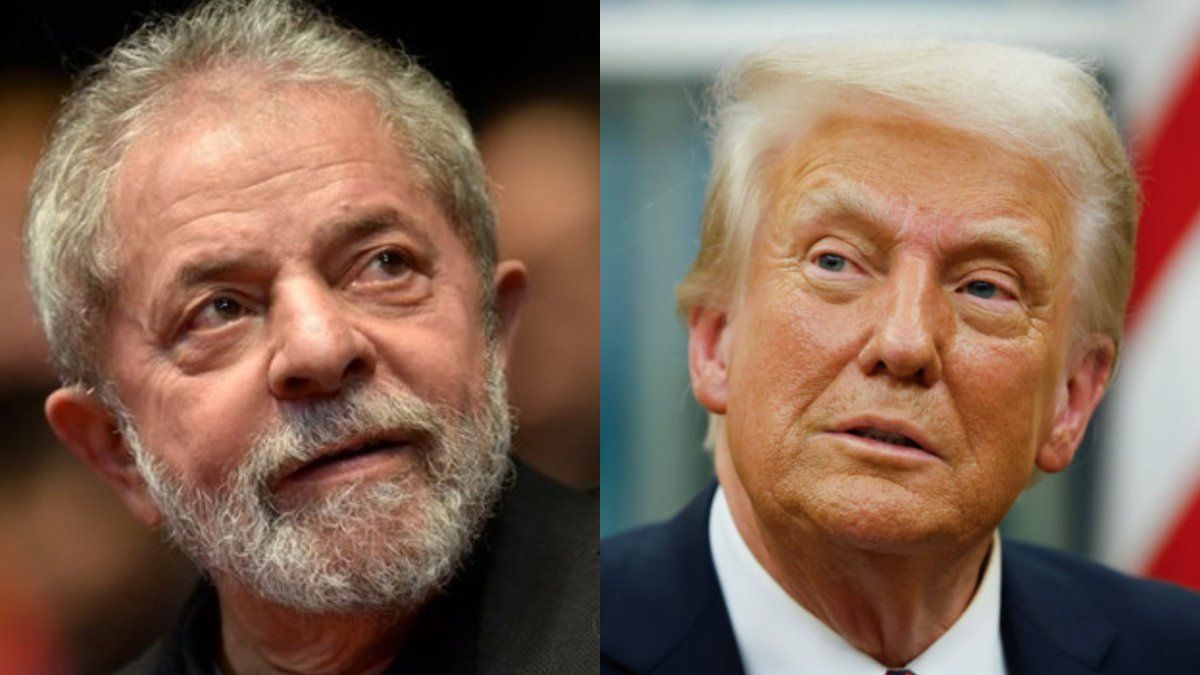View picture gallery
“Your spectrum ranges from the first to the last work of art,” he smiled. There are 144 objects. The spectrum is also wide when it comes to the materials, from found objects that are processed into installations to large-scale murals that he puts together from colorful Lego bricks, reproducing FBI investigation files as well as an opulent Rubens painting. There, of course, he smuggled a panda bear into the picture instead of a putto. Ai Weiwei’s art is not only political through and through, but also always funny, said Elsy Lahner, who curated the exhibition together with Dieter Buchhart.
This video is disabled
Please activate the categories Performance Cookies and Functional cookies in your cookie settings to view this item. My cookie settings
Everyday objects made of other materials
Again and again one comes across seemingly everyday objects that are reproduced from other materials. Made of wood, stone, porcelain, especially marble – lifebuoys, for example, a piece of seating furniture that can be found in millions of Chinese households, a toy car, a surveillance camera. “50 tons were moved for this exhibition,” emphasized Albertina director Klaus Albrecht Schröder, pointing out that even the seemingly unspectacular cone made of porcelain sunflower seeds weighs 1.5 tons. “Metamorphosis is a central design principle of his art and plays a major role in this exhibition,” says Schröder, who called the show “a favorite project of mine”.
Ai Weiwei was honored to be recognized by such a prestigious institution as the Albertina. The exhibition is now taking place at a time of great uncertainty, when the peaceful life that the West has been used to since the end of World War II has come to an end. “This is a good moment to realize that you have to face reality.” The exhibition title “In Search of Humanity” is currently changing from a search to a defense of humanity. It’s about human rights, freedom of expression, democracy.
Human rights, freedom of speech, democracy
On a tour of the exhibition, one notices that practically every one of his works expresses this attitude. And the personal biography of the artist, who was born in Beijing in 1957 and now lives in Portugal, whose father, the poet Ai Qing, was a right-wing dissident and had to live with his family under miserable conditions in the camp during Mao’s cultural revolution, reflects major ruptures and political experiences. During his studies in New York, he was confronted with minimal and pop art. On his return to China, where he took care of his ailing father, he increasingly began to chafe at the authoritarian state that a few years earlier had suppressed the student protests in the square of Heavenly Peace had crushed bloodily.
At first glance, a hall with different bikes welded together looks like a bicycle exhibition, but then you realize that a bike that seems to have been dismantled or had an accident is a reminder of the crushing of the protests. Photos of his famous Stinkefinger series hang on the walls, the outstretched middle finger is also available as a bronze cast or as a varied and arranged pattern on the hall walls. “Fuck” is written above it in large neon letters. Ai Weiwei, who seems like a gentle colossus, tends to use clear language in his works. And he includes everything.
Ruthless destruction of cultural heritage
In the exhibition one encounters his frequent confrontation with the unscrupulous destruction of cultural heritage (Ai Weiwei became famous, for example, through the photographically documented dropping of an antique vase) or the corruption and information suppression of a repressive state power apparatus. His research after the earthquake in Sichuan in 2008, which claimed more than 90,000 victims, revealed serious abuses. On one wall are the personal details of 5,197 children who perished in poorly built schools, whose names were first collated by civil activists. Opposite is a large installation made of bent rebar: the remains of a collapsed school and a document of human error.
Such civic activism soon brought Ai Weiwei into conflict with the authorities. He captures his first arrest with a selfie and can post it on social networks. In the exhibition, the document of injustice, which was shared around the world at the time, can be seen as a giant Lego picture. But it is only the prelude to a major turning point in his life. He will later come to terms with all facets of an 81-day detention, during which he learns neither the reason nor the duration. In the modern Albertina you can see, among other things, a replica of his cell, in which all objects were covered with foam, six diorama boxes in which the Ai Weiwei figure is monitored by two officers at every expression of his life, from sleeping to going to the toilet, up to a rocking music video that looks back on that time. “He doesn’t talk about his imprisonment, he makes it tangible with his art,” says Lahner. A queue of Chinese children’s schoolbags pressed together stretches across the ceiling.
“They have never been able to see this exhibition like this before,” emphasized Buchhart. In fact, the spectacular show in Berlin’s Martin-Gropius-Bau in 2014 was impressive on 3,000 square meters, including an installation in the courtyard that included 6,000 antique stools, but the Albertina exhibition tries to be complete. That is why the treadmill that Julian Assange gave him in 2016 after a visit to the Ecuadorian embassy in London can be seen here, as well as a large installation on the Chinese signs of the zodiac, furniture sculptures and his analysis of the refugee crisis. Life jackets, a shot-up gate from Syria, a mobile phone charging station from an abandoned refugee camp – their metamorphosis only exists in the new context. And they are no less impressive than their counterparts, handcrafted artifacts.
Movie about Corona
With the films “Coronation” about the lockdown in Wuhan in the face of the corona pandemic, and “Human Flow”, for which Ai and his team conducted over 600 interviews in 40 refugee camps, one arrives in the direction of today. But the present has been different for a few days. Most of the questions at the press conference related to this. Like any form of war, the Russian invasion is “completely unacceptable,” said Ai Weiwei. How China will react to this must be closely monitored in the coming weeks and months. “In any case, the stance they take on this will be of global importance. I don’t think China and Russia really trust each other, but strategically they need each other.” Unfortunately, something unforeseen and even worse could happen at any time. “Ever since there were nuclear weapons, our human race could disappear at any time. It only takes one madman…”
As an accompanying program to the exhibition, the Wiener Stadtkino shows seven films by and with Ai Weiwei every Monday. The artist is also guest editor-in-chief of the anniversary edition of “Presse am Sonntag”, which will be published on March 27th. Their leitmotif is the theme of “freedom”.
By when?
Exhibition “Ai Weiwei. In Search of Humanity”, March 16 to September 4, Albertina modern, Vienna 1, Karlsplatz 5, catalog in German or English: 39.90 euros, curator tours: March 28 at 4:30 p.m.: Dieter Buchhart , April 26 at 4:30 p.m.; Elsa Lahner. www.albertina.at)
Source: Nachrichten




